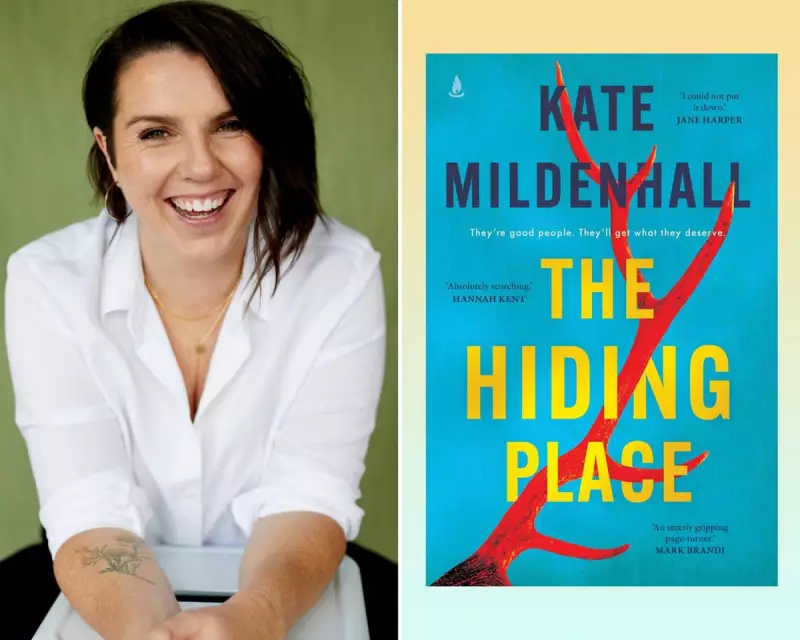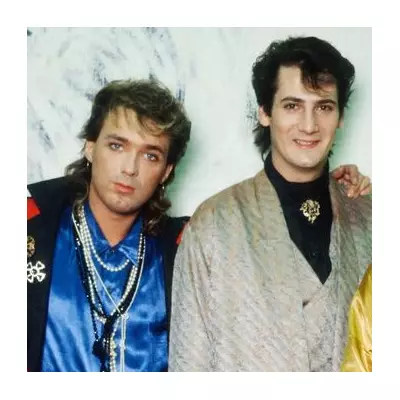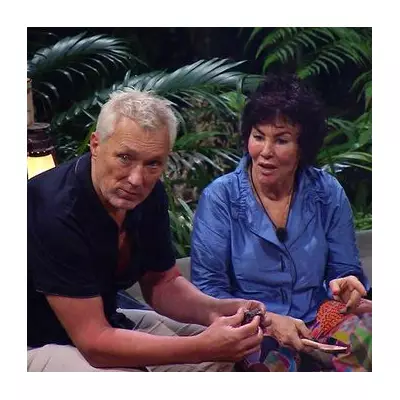
Kate Mildenhall's fourth novel, The Hiding Place, delivers a gripping narrative that masterfully blends thriller conventions with sharp social commentary, creating an unputdownable reading experience.
A Utopian Dream Gone Wrong
The story begins with an ambitious vision: a group of progressive friends, led by the queer, white instigator Lou, decide to purchase an abandoned mining town named Willow Creek. They see this remote bushland property as a place for connection and rejuvenation, an opportunity to build their shared paradise away from urban life.
Four families commit to the venture: Lou and her wife Marnie; their long-time friends Flick and Josie with their partners; Lou's recently divorced sister Ness; and their mother Avril. From the outset, however, underlying tensions threaten their collective dream. The ensemble includes a secret drug cultivator, two people engaged in an affair, and simmering resentments about finances and work.
Secrets and Social Satire
Mildenhall expertly rotates perspectives among six characters—Lou, Phil, Ness, Flick, Josie, and Lou's sixteen-year-old daughter Stella—granting readers intimate access to their hidden motives and deceptions before conflicts erupt.
The novel's arrival weekend quickly descends into chaos. A deer with a disturbingly misshapen head causes Ness to crash her trailer, unwelcome squatters are discovered camping by the river, and a boundary dispute with a neighbour turns hostile. Phil, Flick's husband, whose masculinity feels threatened by the outspoken women, attempts to assert dominance by preparing a whole lamb, further highlighting the group's fragile dynamics.
Among the multiple viewpoints, Stella emerges as the most compelling narrator. Positioned between childhood and adulthood, her sardonic yet hopeful observations expose the adults' hypocrisy. When the group debates removing the squatters with righteous indignation, Stella internally critiques their performative activism, noting the family likely has a deeper connection to the land.
A Satisfying Thriller with Bite
Mildenhall demonstrates her clever understanding of genre, delivering all the satisfying beats of a commercial thriller while injecting fresh elements. The social satire cuts deep, particularly the irony of white settlers imposing themselves as custodians of stolen land—erecting an Acknowledgement of Country sign moments after building exclusionary fences.
The narrative structure proves particularly effective. Less than halfway through the novel, a character is dead, and the culprit is clear. The suspense instead derives from watching the group's moral fabric unravel as they confront whether their friendship extends to concealing a body.
While Mildenhall's ambitious scope occasionally leads to slightly superficial resolutions—the initially ominous deer imagery loses some impact amid the plot's busyness—her storytelling remains accomplished throughout. The Hiding Place builds to an ending that delivers a powerful, unexpected conclusion that will leave readers thoroughly stunned.
Published by Simon & Schuster, this edge-of-your-seat thriller marks another successful step in Mildenhall's increasingly commercial fiction career, following her 2017 debut Skylarking.





